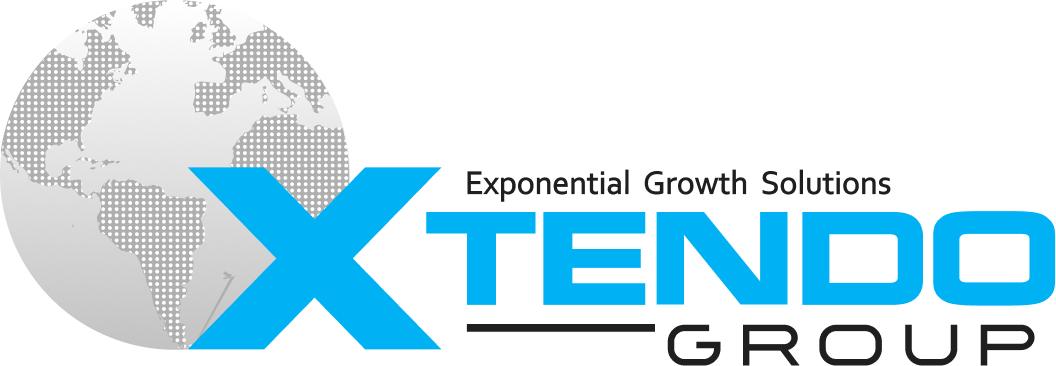April 2, 2021
The reconciliation of family and work life is essential in the current context, with a health crisis impacting people’s private and professional lives. It is increasingly necessary for company teams to achieve a balance that allows them to optimize performance and enjoy leisure time without guilt, recognizing the benefits this disconnection offers to daily tasks.
By Jessica Mendoza, Team Management at Xtendo Group
Recently, team work models have changed radically. Previously, companies employed mostly full-time staff, with all that it entailed: working a set number of hours, following routines in a controlled environment, and leaving any moments of personal enjoyment or distraction outside of work hours.
Although there were moments of active breaks and social interaction within the workday, there was a physical distinction between professional and personal spaces, as personal activities typically occurred in a place other than the workplace.
With the home office model, the physical space became the same, both for completing professional tasks and for enjoying personal moments. Additionally, without tracking entry and exit times, it becomes difficult to set limits and draw a line.
Moreover, remote workers often see this as an opportunity to get ahead on work, even if it means staying up late, which disrupts not only the work-life balance but also interferes with circadian rhythms and healthy sleep and hygiene routines.
Another consequence of remote work is the loss of direct contact with colleagues. Having people to exchange ideas with and find joint solutions is an experience that cannot be replicated in virtual settings in the same way, as video calls — the tool used for this purpose — while enabling certain communication aspects, overlook the crucial body language.
Context can be added by paying attention to changes in voice and facial expressions, but without a doubt, being in completely different environments and circumstances can make it harder to fully — or deeply — understand the situation of other colleagues and provide the appropriate support or assistance. Not to mention that, for many people, this practice can impose an additional emotional burden or stress, even considering it an invasion of privacy.
For this reason, companies must be mindful of their employees’ well-being and assess how they will communicate effectively to achieve their goals.
How to Incorporate a Proper Work-Life Balance?
The responsibility for maintaining the balance is on both sides. On one hand, the employee must be aware of the tasks and expectations the company has in order to organize their agenda accordingly, estimating the time it will take to meet the expectations and allocating proportional spaces to work and social life.
On the other hand, the employee should be able to avoid overloading with activities, whether meetings or specific tasks, and set healthy boundaries. However, it is the company that must develop activities that allow employees to perform effectively within the professional framework and also unwind in balanced ways.
It is up to organizations to make an effort to facilitate the transition between work time and leisure time within healthy limits, thinking of programs and activities for this purpose.
Whether due to an overload of tasks or a lack of clear instructions, it is proven that an imbalance leads to a loss of motivation and productivity. To prevent and reverse this situation, some companies have adopted a workplace wellness scheme.
While these schemes are currently a minority — because they require effort and resources for implementation — it is expected that this number will increase, accompanying the awareness and recognition of the importance and benefits they could obtain by simply considering the needs and demands of their employees.
A Change That’s Here to Stay
A company that understands and works on the needs of its employees creates a good work environment within the organization. It also generates an emotional impact and a sense of belonging in employees, while a company that does not create strategies to offer well-being to its employees will likely have staff who are there out of necessity rather than passion for their work, leading to high turnover, unqualified work, demotivation, and low productivity.
Most companies were not prepared to transition their teams to remote work, so programs for retention, loyalty, and containment — which can be beneficial for health, performance, motivation, and identification with the company, as well as increasing the sense of recognition from the company — became key elements to incorporate, regardless of the available budget.
Today, well-being means something different than it did two decades ago, or even less. The pandemic awakened in people the need to share with family, value moments of leisure, and find enjoyment in sources different from what they were used to, even prioritizing experiences over monetary recognition.
This change is something companies cannot ignore if they want to contribute to their employees’ work-life balance and consequently enjoy the previously mentioned benefits.
While there is a glimmer of light at the end of the tunnel regarding the pandemic and its effects, such as the return to offices and hybrid models in some places more than others, it is certainly a historic event that marked a before and after.
Three Pillars for Achieving the Desired Balance
Both companies’ and individuals’ needs have changed and will continue to change. To successfully adapt, knowing that time is a limited resource, it is essential to find the right balance between time spent on personal needs and professional tasks.
While the world moves at different paces towards the so-called “new normal,” there are three pillars that all parties involved should consider in order to achieve the desired balance between personal and work life, without overlooking any aspect:
- Set healthy boundaries.
- Dedicate quality time to personal life.
- Remember that productivity is not equal to the time spent on a task.
The key, in addition to the three pillars mentioned, is to think in the medium and long term, as this desired balance is a dynamic state, a perception developed over multiple workdays. Therefore, the strategies implemented by companies and employees must, above all, be sustainable over time.
The message is clear: work life will never be the same, and insisting on methodologies from the previous paradigm, which have become completely obsolete and outdated for the current context, will not benefit either party. It depends on each organization and employee to open their eyes and take action accordingly or look the other way and contribute to their own deterioration.

